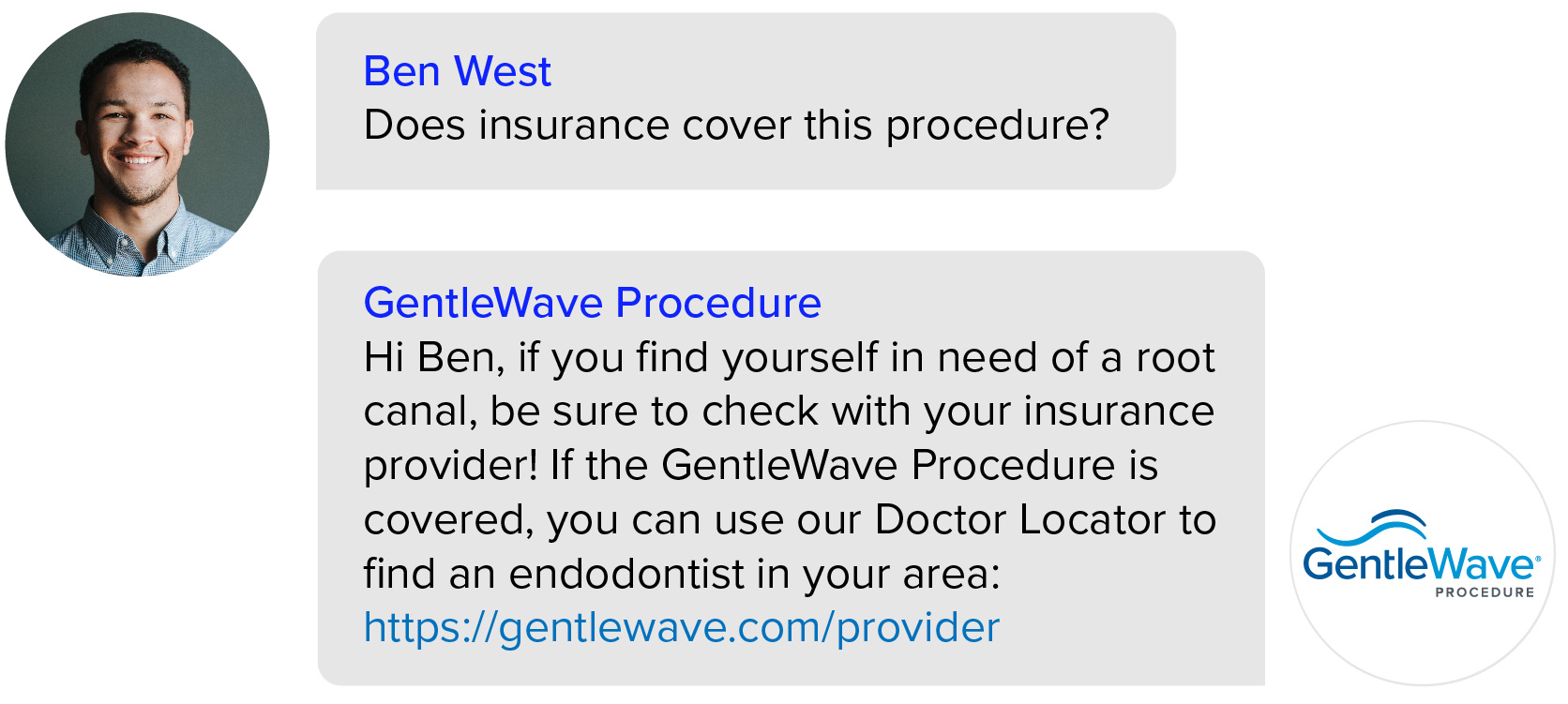Customers today have a wide array of service options to choose from when they need to get in touch with a brand. More than ever before, people expect that the brands they love will offer them support across all channels, including social media platforms.
Customer service in some form is not a new endeavor for most brands, but customer service on social media may be a new opportunity for some. People send around one billion messages to businesses via Facebook Messenger every month, and 69 percent of Facebook users say a positive interaction with a brand makes them feel more confident about the brand.
Because of its accessibility and real-time nature, it’s likely that customers will reach out on social channels—whether or not you have a social media service plan in place. As a result, you need to proactively plan to address customer complaints and other needs by documenting a customer support plan for your social channels.
Consider the following stats as you begin development of your customer service plan:
- 76 percent of people who message a business do so for customer service or support (Hootsuite)
- 64 percent of people would rather message than call a business (Hootsuite)
- 57 percent of consumers said customer service experiences increase their brand loyalty (Hootsuite)
- 81 percent of Twitter users who don’t get a response from a company will not recommend that company to their friends (Hootsuite)
“Social media customer service means using social channels to provide efficient and effective customer service and support. Customers expect to be able to reach out to brands on social channels for help—and get a quick reply.”
–Hootsuite
Prioritizing Customer Support on Social Media
The experience of customers plays a vital role in the success or failure of any business. How the customer experience goes can affect brand loyalty, sales, customer churn, consumer advocacy and retention rates.
Remember that interactions between a customer and brand on social media are not only addressing the customer in question; your other followers may view the public exchange. Responding to all customer inquiries shows that you are paying attention and actively engaging with your customers; however, responding to only some questions can send the message that you don’t care about all of your customers.
In this way, social customer care can be an asset for increasing sales and brand loyalty. It’s crucial to remember that the consumer—not the company—wields the most power over a brand’s image on social media. Neglecting conversations on social media can have staggering consequences.
47% of consumers have a more favorable view of brands who respond to customer service questions or complaints on social media, but not answering a complaint on social media can potentially lower consumer loyalty by 50%.
–Statista and Zendesk
Offering omnichannel support through social media can be a challenge for B2B and B2C companies, regardless of size. Smaller companies may struggle to keep up with a large volume of customer requests, and large companies with high levels of engagement may have a hard time connecting with every contact.
Thankfully, there are a few tactics you can implement in order to best meet customer expectations on social platforms.
![]()
Building Your Plan
Just as delighting the customer can improve advocacy, failing to respond to an online message can decrease customer advocacy. Begin by auditing your channels to ensure you are providing proper support and fostering continued brand loyalty.
Audit Your Channels
Completing an internal audit of your business and the volume of customer service interactions you currently receive on social media will allow you to set realistic expectations both for your internal support team and external customers. You should take into account the size of your company and the number of people who will be working to answer social media requests.
One of the hurdles companies face when putting together a social media customer support plan is a lack of adequate time and resources. The real-time nature of online customer care requires a quick turnaround, ideally within an hour; however, 45 percent of brands take more than five days to respond to messages, and 49 percent of people never receive a response to a complaint. Evaluating the volume of requests across social channels in advance will help ensure you allocate proper resources to address customers in a timely manner.
Determine Why Customers Reach Out
 Understanding the various reasons people reach out via social media will be instrumental in the development of responses ahead of time. If you receive a high volume of questions about a particular product or aspect of your business, you have the opportunity to create and direct users to a helpful piece of content that answers their question. You can build a social media support document that includes frequently asked questions and answers for your social media support team to reference. From there, you can work with internal sales, product development and leadership teams to strategize.
Understanding the various reasons people reach out via social media will be instrumental in the development of responses ahead of time. If you receive a high volume of questions about a particular product or aspect of your business, you have the opportunity to create and direct users to a helpful piece of content that answers their question. You can build a social media support document that includes frequently asked questions and answers for your social media support team to reference. From there, you can work with internal sales, product development and leadership teams to strategize.
Of all the consumers who reach out to brands, 59% do so because they had a good experience, 47% do so because they have a product or service question and 40% will because they had a poor experience.
-Sprout Index
As you develop your support document, consider the following:
- How many comments sound frustrated, like they were written after having a bad customer experience?
- How many comments are technical or account-specific questions?
- How many comments provide feedback, either positive or negative?
- How many of the posted questions can be answered using links to existing content?
- How many brand mentions would benefit from a response?
- What time of day are your customers most active on social media?
The questions above offer insight into the information and resources your company may be lacking. Social channels are an ideal place to share resource and educational content like blog posts or how-to videos that will teach your customers how they can get the most from your products. Having resources like these in an easily accessible place will cut down on support-related questions.
Track Customer Mentions
![]() Depending on the size of your company, the number of posts about your business on social media may vary. Some posts will tag your account directly, while others may not. Using a social media monitoring tool is helpful when tracking relevant brand conversations that you aren’t directly tagged in. That way, you can still respond to any customer service issues, even if the person didn’t reach out to you.
Depending on the size of your company, the number of posts about your business on social media may vary. Some posts will tag your account directly, while others may not. Using a social media monitoring tool is helpful when tracking relevant brand conversations that you aren’t directly tagged in. That way, you can still respond to any customer service issues, even if the person didn’t reach out to you.
Set Expectations
In some cases, a person asking a question about your brand on social media is not yet a customer. The simple task of responding to questions across social platforms shows potential buyers that your business values customer service and prioritizes customer needs.
A person who reaches out with a question and doesn’t receive a timely and helpful response will likely move on to a competitor instead, so it’s important to make your social customer service availability clear. Setting appropriate customer expectations involves making it clear when the service team is available. Add customer service hours and availability in your profile description indicating when your team is actively online and when a response can be expected.
If you are offline or unavailable at any point, you can also include links to other resources or phone numbers where they can find answers immediately.
Maintain a Consistent Voice
If you have multiple team members managing your social media accounts, there is a chance your brand voice could be diluted. To maintain a cohesive voice across all platforms, consider developing a voice strategy so everyone on your team knows how to best represent your company. This will provide a seamless experience for customer requests that may go back and forth over time—regardless of who the customer is interacting with.
Take Public Conversations Private
Customers may reach out with questions or requests that can be best addressed through a private message. You may need to gather the customer’s order number or contact information for proper follow-up.
When someone leaves a Facebook comment, you have the option to move the interaction to Messages by clicking “Message to respond.” Once you send the message, a note will appear below their comment saying “Page responded privately.” This shows other users that you addressed the request, even if the response is not public. On Twitter and Instagram, you can reply directly letting user know to check direct messages.
Measure Success
![]() Because social media customer care requires thoughtful planning, time and resources, it’s important to justify this investment. Social media service success can be measured using tools within the social media platform. For example, Facebook provides a responsiveness score based on how many messages are answered and in what amount of time.
Because social media customer care requires thoughtful planning, time and resources, it’s important to justify this investment. Social media service success can be measured using tools within the social media platform. For example, Facebook provides a responsiveness score based on how many messages are answered and in what amount of time.
You can also generate reports by sending follow-up customer satisfaction surveys after a conversation takes place. If there are multiple people managing your social media accounts, these reports can track responsiveness and overall customer sentiment.
The data gathered from your social media customer support feedback can be combined with your analytics outside of social, as well. Social media website referral data combined with repeat customer sales should indicate optimal customer support. Your social media support data is only one piece of a complete social media ROI.
Wrapping it Up
By prioritizing customer support across all social media channels, you'll achieve continued growth and success of your company. As more and more customers turn to social media for support, it's crucial to have a plan in place that provides attention, answers and specialized service that makes them feel valued! By utilizing the recommendations above, you can craft a plan that is cohesive and delights customers at every touch point.
Take the Next Step
Ready to work with a team skilled in social media strategy? Reach out to us today.




